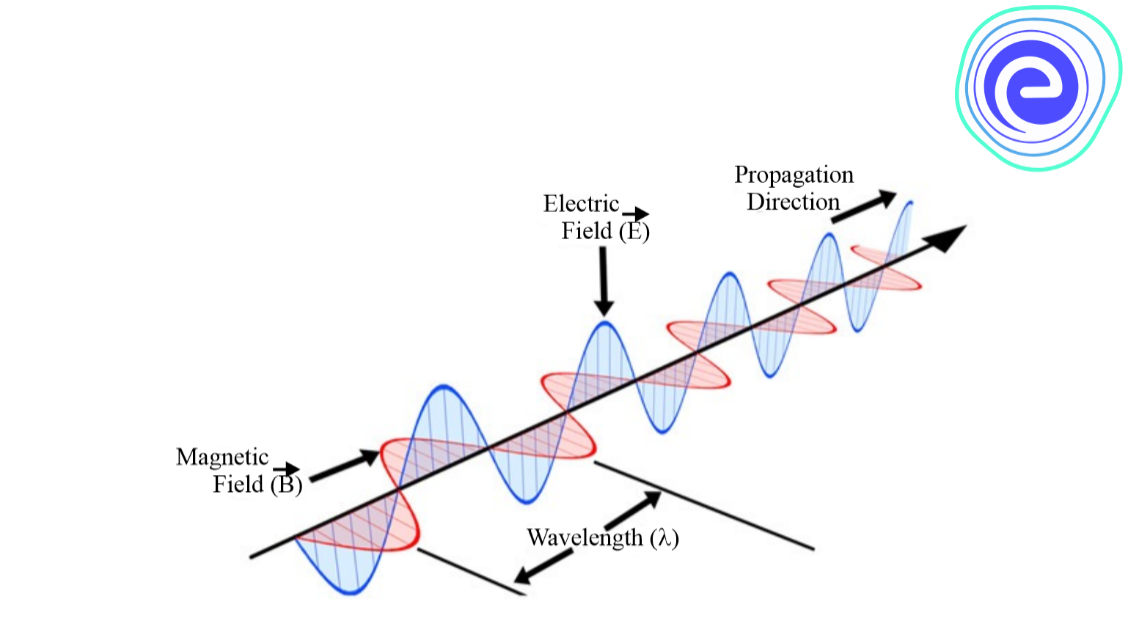Distinguishing Between Mechanical and Electromagnetic Waves: Exploring the Key Differences
In the vast realm of waves, two fundamental types stand out: mechanical waves and electromagnetic waves. While they share similarities, it is crucial to understand their distinctions to grasp their unique characteristics fully. In this article, we aim to shed light on the key differences between mechanical and electromagnetic waves. By examining their definitions, properties, modes of propagation, and real-world examples, we can gain a comprehensive understanding of these two types of waves.
1. Definition and Nature of Mechanical Waves:

Mechanical Waves
To begin the distinction, it is essential to define mechanical waves. Mechanical waves require a physical medium, such as a solid, liquid, or gas, for their propagation.
These waves result from the collective vibration or oscillation of particles in the medium, transferring energy from one location to another. Mechanical waves encompass various types, including transverse waves, longitudinal waves, and surface waves.
2. Definition and Nature of Electromagnetic Waves:
In contrast to mechanical waves, electromagnetic waves do not require a physical medium for their propagation. They consist of oscillating electric and magnetic fields that self-propagate through space.
Electromagnetic waves can travel in a vacuum, such as in outer space, as they are not dependent on material particles for transmission.
Examples of electromagnetic waves include radio waves, microwaves, infrared waves, visible light, ultraviolet rays, X-rays, and gamma rays.
3. Propagation Modes:

Propagation Modes
The modes of propagation further distinguish mechanical and electromagnetic waves. Mechanical waves propagate through a medium by causing successive particle vibrations or oscillations.
For example, in a transverse wave, particles move perpendicular to the direction of wave propagation, while in a longitudinal wave, particles oscillate parallel to the wave's direction.
In contrast, electromagnetic waves propagate through space as a result of the oscillating electric and magnetic fields, without requiring any physical medium.
4. Speed of Propagation:
Another distinguishing factor between mechanical and electromagnetic waves is their speed of propagation. In general, electromagnetic waves travel at a constant speed in a vacuum, known as the speed of light (approximately 3 x 10^8 meters per second). This speed is a fundamental constant of nature.
On the other hand, the speed of mechanical waves varies depending on the properties of the medium through which they propagate. For instance, sound waves travel at different speeds in different materials.
5. Interaction with Matter:
Mechanical and electromagnetic waves interact with matter in distinct ways. Mechanical waves can be absorbed, reflected, refracted, or transmitted by various materials.
The behavior of mechanical waves when encountering a boundary or medium change depends on properties such as density, elasticity, and temperature.
Electromagnetic waves, on the other hand, can be absorbed, reflected, transmitted, or refracted by materials depending on their frequency and the properties of the material. Different materials interact differently with various segments of the electromagnetic spectrum.
6. Real-World Examples:
Understanding the differences between mechanical and electromagnetic waves becomes clearer through real-world examples. Sound waves, such as those produced by musical instruments or the human voice, are examples of mechanical waves.
They require a medium, like air, water, or solids, to propagate. In contrast, radio waves used for wireless communication, visible light that enables vision, and X-rays utilized in medical imaging are all examples of electromagnetic waves.
These waves can travel through space, allowing for long-range communication and diverse applications.
In conclusion, distinguishing between mechanical and electromagnetic waves is crucial for comprehending their fundamental differences. Mechanical waves require a physical medium for propagation, involve particle oscillation, and exhibit varying speeds depending on the medium. On the other hand, electromagnetic waves do not require a medium, consist of oscillating electric and magnetic fields, travel at the speed of light, and interact with matter in unique ways. Recognizing these distinctions enhances our understanding of waves and their applications across various scientific fields and everyday life.